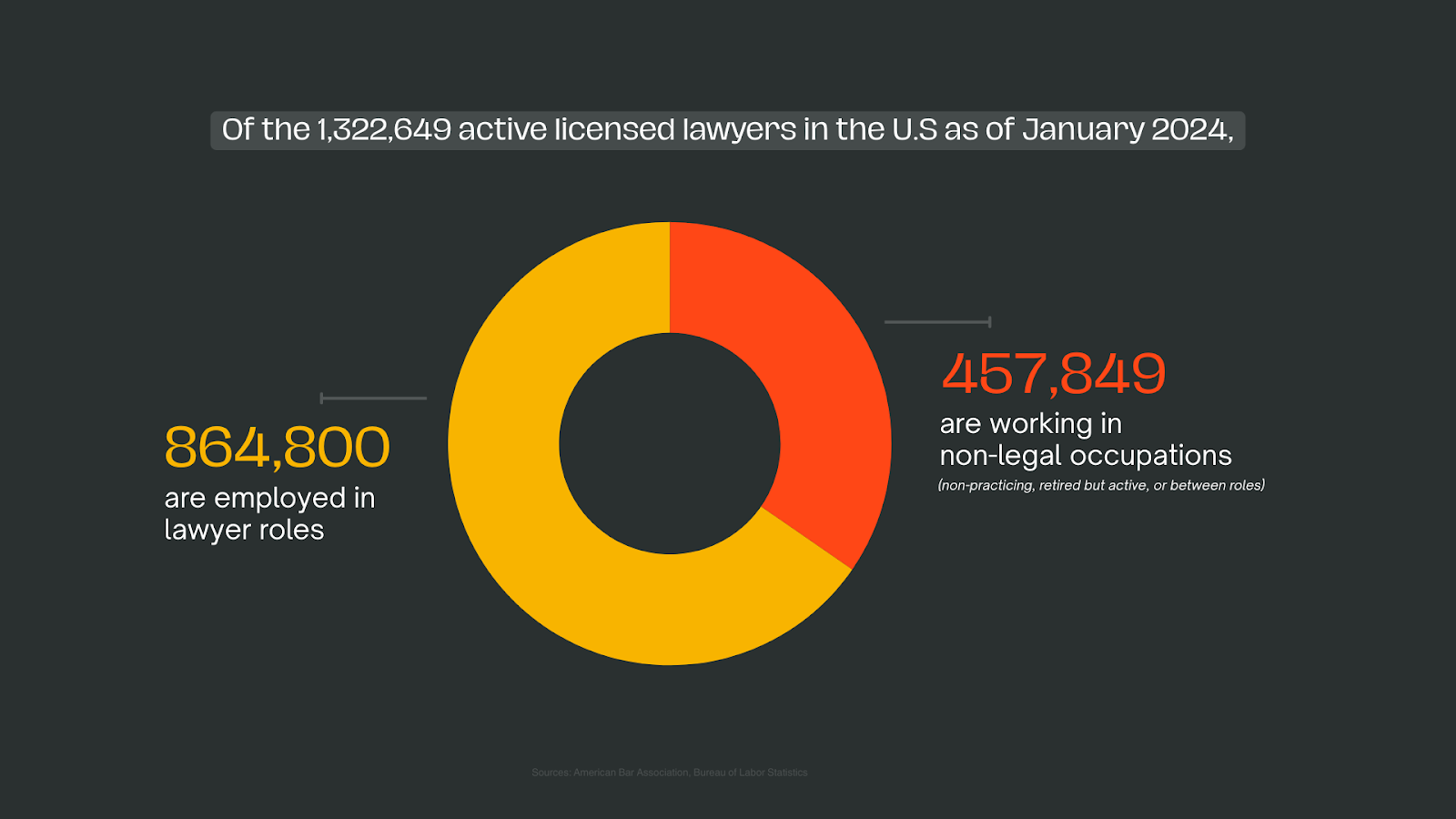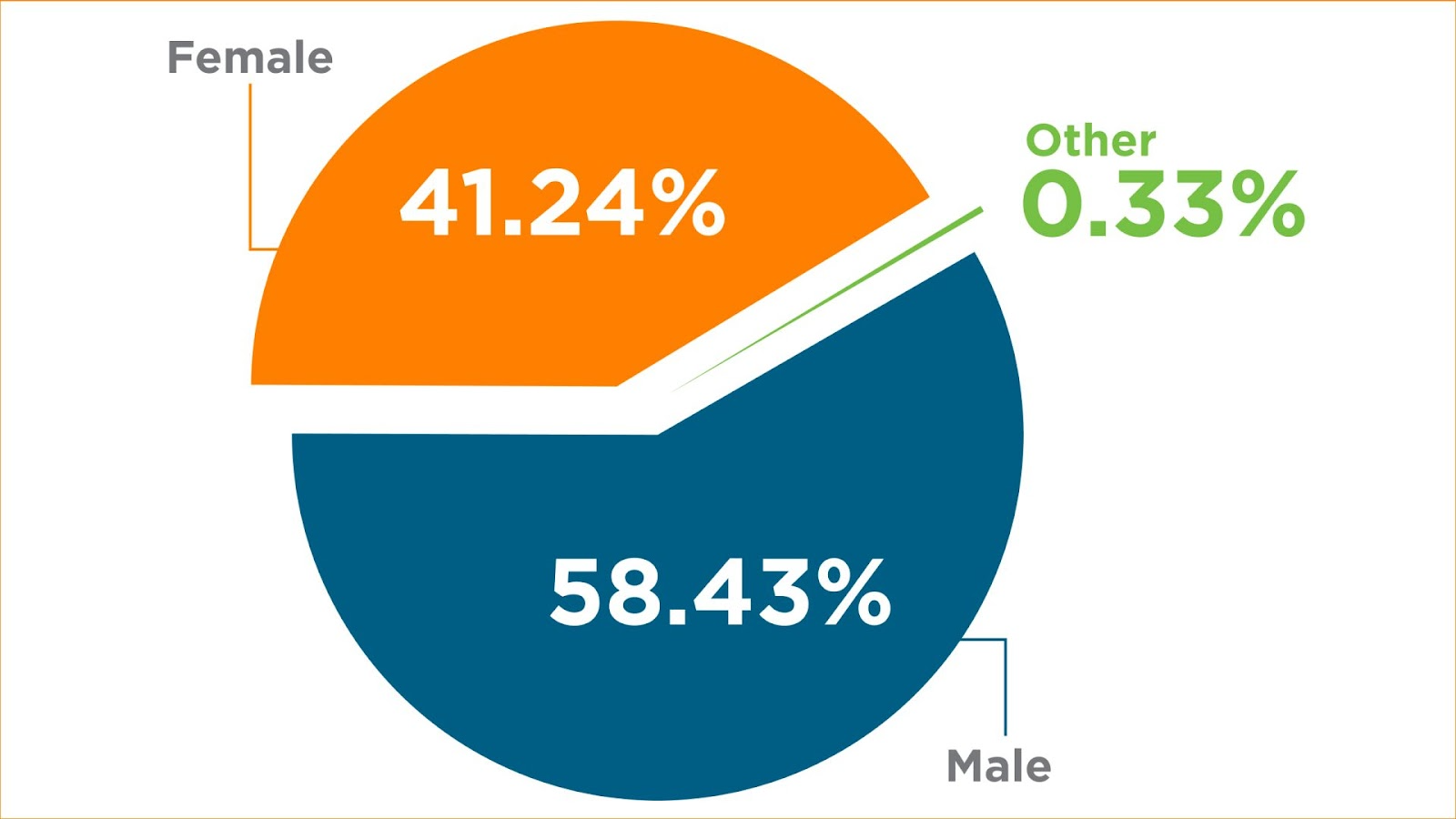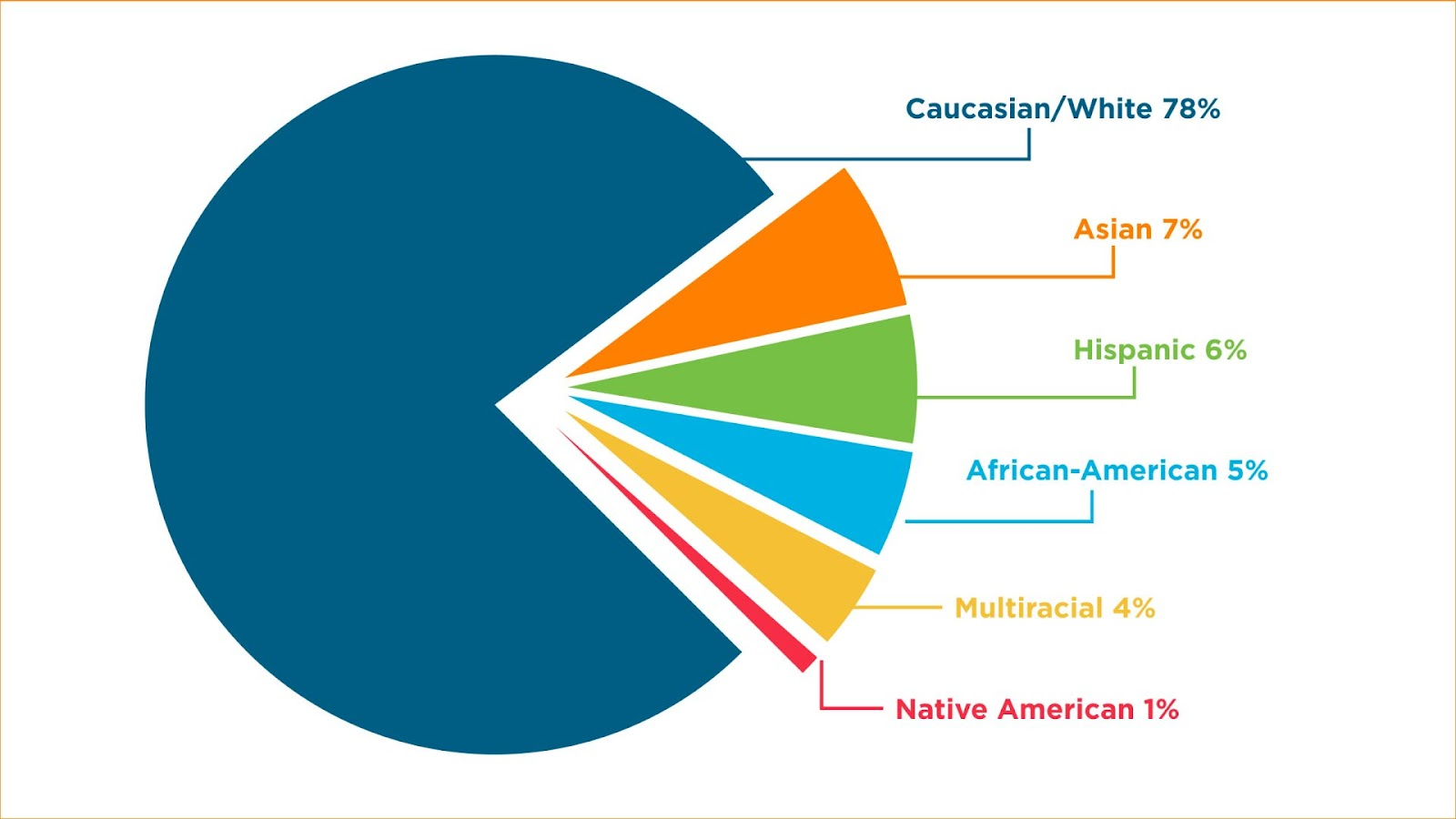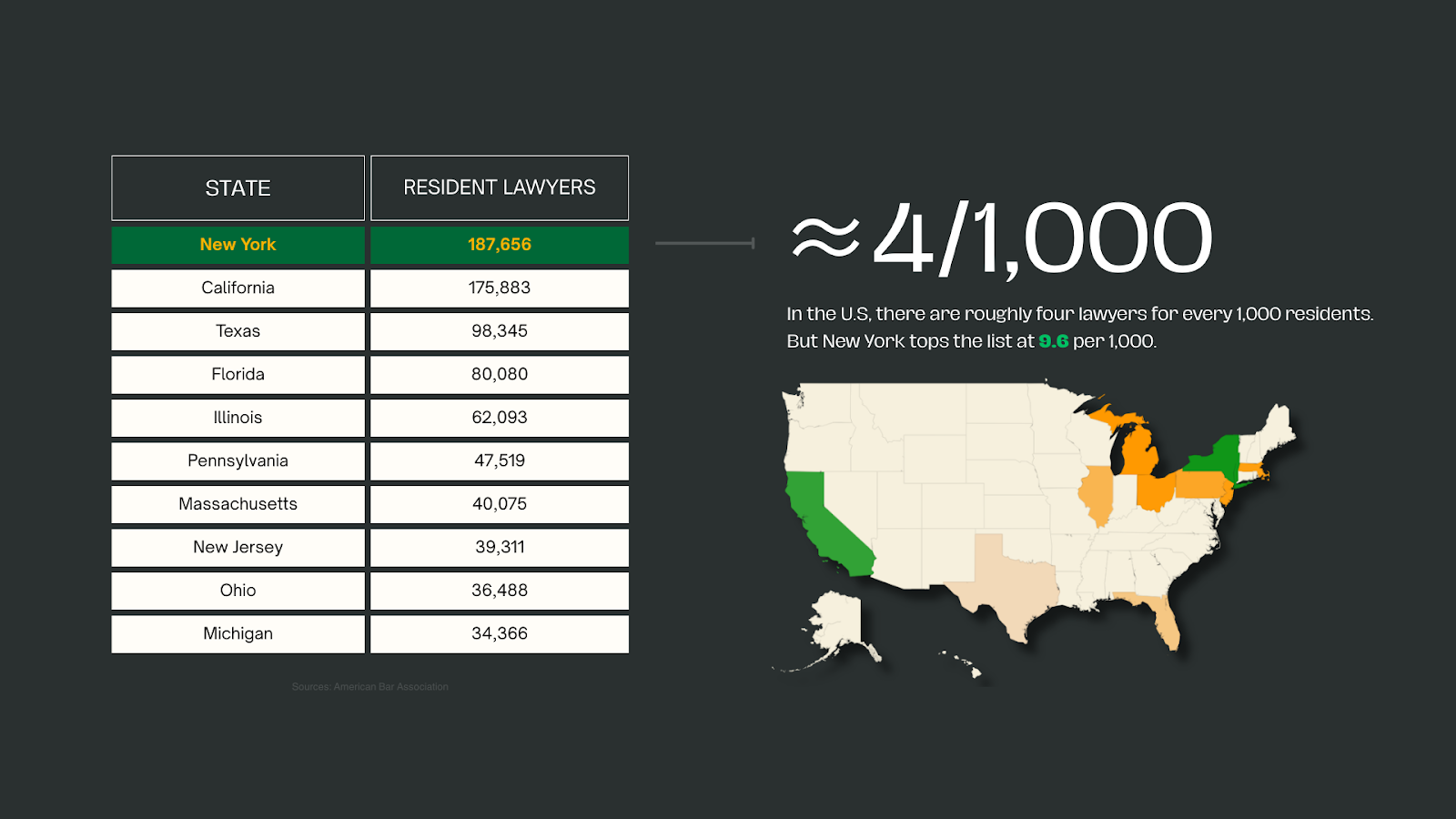
Transactional Law Statistics 2025: A Comprehensive Guide

In transactional law, every deal, clause, and negotiation hinges on accuracy and foresight. Quite rightly, because at its core, transactional law is the practice of structuring, drafting, and negotiating business agreements that keep companies moving forward and markets stable.
For lawyers working on high-stakes transactions, staying current with the latest statistics becomes a strategic advantage. Shifts in deal volume, lawyer hiring, and AI adoption are rewriting the standard playbooks, with numbers providing clarity on where the profession is today and is headed next.
Understanding where transactional law stands in 2025 (and beyond) provides lawyers, firms, and students with a clearer view of market forces, client demands, and the tools reshaping the practice.
This guide tracks merger and acquisition trends, measures deal volume and value, and shows global transactional law activity, arming lawyers with benchmarks to negotiate better terms, allocate resources wisely, and spot opportunities early.
Key Takeaways
- Transactional lawyers are compensated well and in high demand across various sectors, including mergers and acquisitions (M&A) and corporate law.
- Growth in globalization, fintech, and digital transformation is expanding the scope and importance of transactional law.
- AI is transforming digital workflows, making deal execution faster and reducing risks, though ethical and regulatory oversight remains critical.
Industry-Specific Insights in Transactional Law
Transactional lawyers sit at the center of the sectors that move markets, finance, technology, healthcare, and energy. This section illustrates the work in each area and outlines the direction of the activity. We also flag the trends and regulatory pressures reshaping timelines, diligence, and risk mitigation.
Transactional Law’s Role in the Economy
Transactional lawyers fuel some of the busiest sectors of the economy. Their work spans capital raising, acquisitions, licensing, and project development. They help ensure deals comply with sector-specific regulations, such as HIPAA in healthcare or SEC rules in finance.
As dealmaking accelerates, transactional practices are adapting to handle more complex cross-border structures and produce regulator-ready documentation. Lawyers increasingly rely on AI-enabled due diligence to shorten timelines and keep transactions on track.
The global M&A deal value reached $2.6 trillion by mid-2025 (up 28% from the previous year), with U.S. megadeals (deals over $1 billion) helping to drive the rebound. The re-entry of private equity and the strategic use of M&A for AI and technology integration add momentum.
Explore: See how teams are using AI for M&A activities, from data-room triage to SPA redlines and closing checklists.
Most Significant Challenges Transactional Lawyers are Facing
Transactional work is facing increased scrutiny and tighter budgets, with pressure from clients to reduce cycle times. Below, we outline the core challenges and the practices that keep deals on track.
- Regulatory Intensity
Challenge: More second requests and investigations; the Committee on Foreign Investment in the United States (CFIUS) activity remains elevated.
Response: Map antitrust/CFIUS at LOI, pre-wire remedies, and build signing/closing conditions early.
- Cross-border Volatility
Challenge: Deal value up, volumes uneven; multi-jurisdiction scrutiny raises closing risk.
Response: Staggered sign/close mechanics, reverse termination fees, and targeted mitigation covenants.
- Talent & Delivery Model
Challenge: Hybrid policies and caution on fully remote laterals affect staffing agility.
Response: Dedicated deal pods, cross-training, documented playbooks, and flexible resourcing.
- Contracting Friction & Speed Expectations
Challenge: Contract Lifecycle Management (CLM) gaps and fragmented templates slow cycles; research finds ~9% value leakage from ineffective contracting management.
Response: CLM modernization, template harmonization, AI-assisted drafting, and approval rails.
- Cost and Cycle-time Pressure
Challenge: More Alternative Fee Arrangements (AFAs), rate scrutiny, and demands for process transparency.
Response: Matter budgeting, pricing/playbooks, deal-process analytics, and real-time status dashboards.
Key Areas of Practice in Transactional Law
Before diving into the numbers, here’s a quick refresher on what transactional practice covers and why these lanes matter in the 2025 market.
- Corporate Law: Governance, formation, and dissolutions.
- Mergers & Acquisitions (M&A): Structuring and negotiating acquisitions, mergers, and joint ventures.
- Intellectual Property (IP): Licensing, technology transfers, and IP portfolio diligence. Explore: The many applications of AI in IP Law.
- Real Estate: Financing, leasing, and development transactions.
Explore: How AI helps real estate lawyers accelerate lease abstraction, title comparisons, and zoning checks. - Tax: Structuring deals for compliance and efficiency across jurisdictions.
- Financial Services: Banking, securities, and compliance in capital markets.
With globalization and digital markets reshaping how deals get done, the demand is now tilting toward specialists in environmental, social, and governance (ESG)-related contracting, fintech, and multi-jurisdictional deals. These shifts highlight the most active legal sectors and the need for deeper expertise in regulatory compliance, as deals must now adhere to a wider range of often-conflicting national and international laws. Lawyers in these fields must not only understand the law but also the underlying technologies to effectively advise clients.
How AI is Reshaping the Practice of Transactional Law
Generative AI has advanced from pilot mode to an everyday work practice in 2025, especially in document-heavy practice areas. Today, lawyers spend less time on repetitive drafting and reviews and more on negotiation, risk mitigation, and strategy. Meanwhile, clients expect more transparency into value.
- Adoption: 26% of legal professionals already use GenAI (28% in law firms; 23% in corporate legal), a sharp increase from previous years. (Source: Thomson Reuters)
- Top Use Cases: Document review (74%), legal research (73%), document summarization for diligence (72%), brief/memo drafting (59%), contract drafting (51%), correspondence (50%). (Source: Thomson Reuters) These are repetitive, data-intensive tasks where AI offers the most immediate efficiency gains.
- Cadence & Outlook: 72% of current users engage weekly or more; 95% expect GenAI to be central to daily workflow within five years. (Source: Thomson Reuters) Those who adopt the technology quickly integrate it into their daily routines and view it as a foundational part of their future practice.
- Client Pull & Measurement Gap: 59% of corporate clients (and 44% in government) want outside counsel using GenAI, yet only 20% of professionals measure ROI. (Source: Thomson Reuters) Clients, particularly in corporate settings, are pushing their law firms to use technology to improve efficiency and demonstrate value. The fact that a significant number of clients want this, but a small number of firms are actively measuring the ROI, reveals a disconnect that the legal industry is currently grappling with.
Legal-specific AI tools such as Spellbook make AI adoption practical for transactional lawyers. By embedding contract review and drafting intelligence directly into workflows, firms can streamline routine work, reduce turnaround times, and allocate more time to strategic decision-making.
Learn how transactional lawyers use Spellbook.
Source: Thomson Reuters Institute, “2025 Generative AI in Professional Services: Executive summary for legal professionals” (Apr 15, 2025)
What’s Next for Transactional Law?
Growth projections remain strong, positioning transactional practices as drivers of efficiency and compliance in global markets.
- The global legal market is projected to reach $1.36 trillion by 2030, with transactional practices leading the expansion.
- Deal activity is expected to remain high in the technology, healthcare, and financial services sectors.
- Technology, including blockchain, digital finance tools, and AI, promises to enhance transactional workflows and make lawyers' work more efficient.
- Fintech, ESG contracting, and cross-border deals are gaining ground. AI and automation continue to drive efficiency gains, enabling faster and more data-rich deal-making.
What are the Career Opportunities in Transactional Law?
If you want to work in the most active legal sectors, transactional law is well-positioned for 2025 and beyond. The demand for corporate, finance, and regulatory talent continues to grow as economic activity rebounds.
Where the jobs are (and why):
- Corporate/M&A & Private Capital. Deal volumes and megadeals are driving needs in due diligence, drafting (SPAs/APAs), antitrust strategy, and closing mechanics. Expect heavier regulator engagement (DOJ/FTC, CFIUS) on large or cross-border transactions.
- Finance & Capital Markets. Private credit and refinancing drive more work in credit agreements, intercreditor agreements, covenants, and disclosure, as well as restructuring skills when economic cycles turn.
- Technology & Data. AI/data licensing, IP transfers, and privacy (e.g., the DMA in Europe) overlays are now standard in tech deals. Counsel who can align product realities with compliance are in demand.
- Healthcare & Energy. Roll-ups, provider integrations, and project finance/joint ventures (including LNG and renewables) create steady transactional pipelines that require high diligence and regulatory scrutiny.
In talent markets like NYC and Los Angeles, transactional hiring remains strong in private equity, M&A, funds, and capital markets practices.
Transactional law also offers many paths, but the classic corporate/M&A, finance, tax, and real estate career track typically progresses from associate to deal lead/partner. Specialization opportunities include fintech, ESG, cross-border M&As, and digital finance. These choices show client satisfaction metrics in transactional law by aligning expertise with industry demand.
Transactional Lawyer Statistics
With all that context in mind, let’s now turn to the data behind demand, pay, and headcount. Because no regulator tracks “transactional” lawyers as a standalone category, we use robust proxies (practice-area placements and firm department mixes) to show where demand is rising and how pay is shifting.
Number of Transactional Lawyers
As of January 2024, the American Bar Association (ABA) lists, 322,649 active licensed attornes. Data from the Bureau of Labor Statistics (BLS) indicate that only 864,800 are employed in lawyer roles as of May 2024. Roughly 457,849 attorneys are licensed but not in traditional practice (non-practicing, retired-active, or between roles).
While transactional law isn’t tracked as a distinct category, tens of thousands work in corporate, M&A, finance, tax, and real estate.

Of the 1.3 million active U.S. lawyers, 58% are male. Women have made significant gains in recent decades, rising from only 8% of lawyers being female in 1980 to 41% in 2024.


Source: American Bar Association
The majority of state bars do not collect data on race and ethnicity. However, the ABA survey found that in the 24 states that do (~43% of U.S. lawyers), the bar remains majority White (78%), with Asian 7%, Hispanic 6%, Black 5%, multiracial 4%, and Native American 1%.
The legal profession also skews older than most, with a 2023 median age of 46, according to the BLS. This means half of the lawyers are younger and half are older.

Source: American Bar Association
On average, the U.S. has about four lawyers per 1,000 residents, but the concentration varies sharply by state. New York stands out with 9.6 lawyers per 1,000 people, and along with California, it dominates the profession, together accounting for nearly 28% of all U.S. lawyers.

Although these figures encompass the entire profession, a substantial share of the 1.32 million active U.S. lawyers work in transactional areas, such as corporate, M&A, finance, tax, and real estate.
With global business and regulatory complexity on the rise, demand is increasing for corporate and financial services. Firms and in-house teams are expanding in these areas to navigate filings, compress timelines, and close deals cleanly.
Salary Trends for Transactional Lawyers
Pay in transactional law varies by class year, market, and role. Below, we outline U.S. BigLaw scales, BLS medians, in-house ranges, and partner economics to illustrate what the market is currently paying.
United States
- BigLaw (Market Scale): Most elite firms pay a $225,000 base salary for first-year associates. Many list $235,000 as the top market in certain bands/locations on public surveys (bonuses vary).
- National Median (BLS, May 2024): $151,160 (all lawyers and practice types). For precise local benchmarks, consult BLS state/metro tables.
- In-House Counsel: 2024-2025 compensation surveys show mid-career in-house medians around $147k (4–9 yrs); AGC/10+ yrs medians near $182k; CLO/GC typical ranges higher (mid-$200ks+ base with wide total-cash ranges by company size/industry.
- Partners: In 2024, M&A and Regulatory & Compliance saw sharp increases, with some partners charging over $2,300/hour and top associates nearing $2,000/hour.
United Kingdom (London)
- NQ Pay: U.S.-headquartered firms: £170k–£180k; Magic Circle: ~£150k; mid-tier/international: £120k–£145k.
Geography
- Market-scale bases are broadly uniform across major U.S. metros (NY/SF/DC) at top firms, but median wages vary substantially by city/state.
Role Comparison
- Compared to litigators, transactional attorneys often out-earn peers, thanks to steady corporate activity. These benchmarks can help firms assess legal fees and costs. They enable lawyers to compare the efficiency and cost management rates of legal transactions across roles.
Taken together, numbers show an expanding, tech-driven market with tighter execution windows. Deals may be harder to run, but not harder to find. Stay data-led, deepen regulatory fluency, and let AI handle the repeatable work.
Frequently Asked Questions
Are Transactional Lawyers in High Demand These Days?
Yes. With M&A values rebounding and sectors such as tech and finance booming, transactional lawyers are in high demand. Specialized skills in compliance, fintech, and IP are especially valued.
Can AI Replace Transactional Lawyers?
AI cannot replace transactional lawyers, but it can augment their work by automating routine tasks, such as contract review and risk analysis. Lawyers provide highly trained legal evaluation and judgment skills, negotiation tactics, and legal strategies that AI cannot replicate.
How Do Transactional Lawyers Benefit from AI Tools?
Transactional lawyers benefit from AI tools that automate contract review, detect risks, and ensure compliance more efficiently. These tools reduce the time spent on repetitive tasks, such as due diligence and document drafting.
How Does Transactional Law Compare to Litigation in Terms of Salaries and Demand?
Transactional lawyers often earn equal to or higher compensation than litigators, especially in corporate hubs and the M&A field. Demand remains strong due to sustained deal activity, notably in finance, tech, and real estate.
What Skills Will Transactional Lawyers Need in the Future?
Transactional lawyers will need the following skills in the future:
- Regulatory fluency. Antitrust/CFIUS, securities disclosure, privacy/DMA, and sector rules (health/energy/fintech) are now critical.
- Contract operations & speed. Lawyers who improve cycle time win mandates.
- AI-ready practice. Lawyers who can supervise AI-assisted contract review, diligence summarization, and redline triage have more time to focus on negotiation and risk mitigation.
- Cross-border execution. Counsel who can run sign-to-close across jurisdictions without losing momentum have a distinct advantage.
How is the Legal Industry Changing Due To AI?
The legal industry is changing due to AI automating document review, streamlining contract analysis, and reducing reliance on manual research. In transactional law, AI improves efficiency by handling repetitive tasks, accelerating due diligence, and cutting costs by reducing billable hours and staffing needs for routine work.
Thank you for your interest! Our team will reach out to further understand your use case.





.png)

